Biking is a great sport and a fun activity that provides many health benefits, including improved cardiovascular health, muscle strength, and stress relief. But before you hit the road, there are a few things you should do to ensure you have a safe and enjoyable ride. In this blog post, we’ll take a closer look at what you should do before biking to make the most of your outdoor adventure. From checking your bike to wearing the right gear and planning your route, we’ll cover everything you need to know to prepare for your next cycling trip like a pro. So whether you’re a seasoned bike rider or just starting out, keep reading to learn our top tips for getting ready to hit the road.

What should you do before biking?
Before hopping on my bike, I always make sure to take a few safety precautions to ensure a smooth and enjoyable ride. Firstly, checking my equipment is crucial for safety purposes. I examine my bike for any defects such as loose brakes or wheels and inspect my helmet to make sure it fits properly and is in good condition.
Being visible on the road is also a top priority, so I wear reflective clothing and make sure my lights are working. In addition, following the rules of the road and being predictable with my riding style not only keeps me safe but also helps other cyclists and drivers anticipate my movements. Finally, I always make sure to stay aware of my surroundings and yield to pedestrians on shared paths. These simple steps ensure that I am fully prepared for a fun and safe ride.
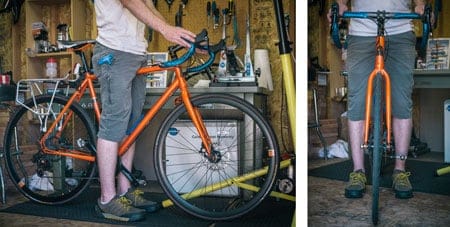
1. Check Your Equipment for Safety
Before I get on my bike, I always make sure to check my equipment for safety. From my helmet to my brakes, nothing is left unchecked. I start by verifying that my helmet is in good condition and fits properly. I ensure my wheels are secure, the handlebar height matches my seat level, and my brakes are functional.
I check for any “play” or movement in the wheel when I rock it side-to-side and spin the front wheel. I also ensure I have a bell or horn that works, as well as a basket to hold any items I may need to bring. By taking the time to check my equipment for safety, I know that I’m better prepared for a safe and enjoyable riding experience.

2. Be Visible to Other Road Users

3. Avoid Dangerous Behavior on the Road
When on the road biking, it is essential to avoid dangerous behavior to stay safe. This includes staying visible to other road users, avoiding blind spots, and hugging the curb. It is imperative to anticipate the behavior of other road users and adjust my position accordingly. I always ensure that I am visible by wearing reflective clothing and using lights when necessary.
I also follow the road rules, including traffic signals, and ride predictably with the flow of traffic. Moreover, I always stay alert and aware of the traffic around me to avoid any accidents. By following these smart rules for biking safety, I can avoid dangerous behavior on the road and enjoy a safe and comfortable ride.

4. Be Predictable in Your Riding Style
As a seasoned cyclist, I know that being predictable in my riding style is one of the most important things I can do to ensure my safety on the road. Holding my line, avoiding sudden movements or deviations in my trajectory, and riding in a consistent and controlled manner all contribute to creating a safe environment for me and other riders around me.
By following this rule, I make it easier for other road users to anticipate my movements and avoid any potential collisions. It’s also important to remember to ride with your head up, looking ahead to anticipate any obstacles, and to always wear a helmet for added protection. By adhering to these smart rules for biking safety, I can enjoy my ride with the peace of mind that comes with knowing I’m doing everything possible to minimize risks and stay safe on the road.

5. Always Check for Traffic Before Proceeding
Before hitting the road on your bike, it’s crucial to always check for traffic before proceeding. This is one of the most important safety precautions you can take while biking as it can prevent accidents and collisions with oncoming vehicles.
In addition to ensuring the road is clear, it’s important to be aware of any potential hazards, such as debris or potholes, that could cause you to lose control of your bike. Whether you’re cycling on a busy city street or a quiet country road, always take the time to check your surroundings before proceeding. By following this simple rule, you’ll be able to enjoy a safe and stress-free ride every time.
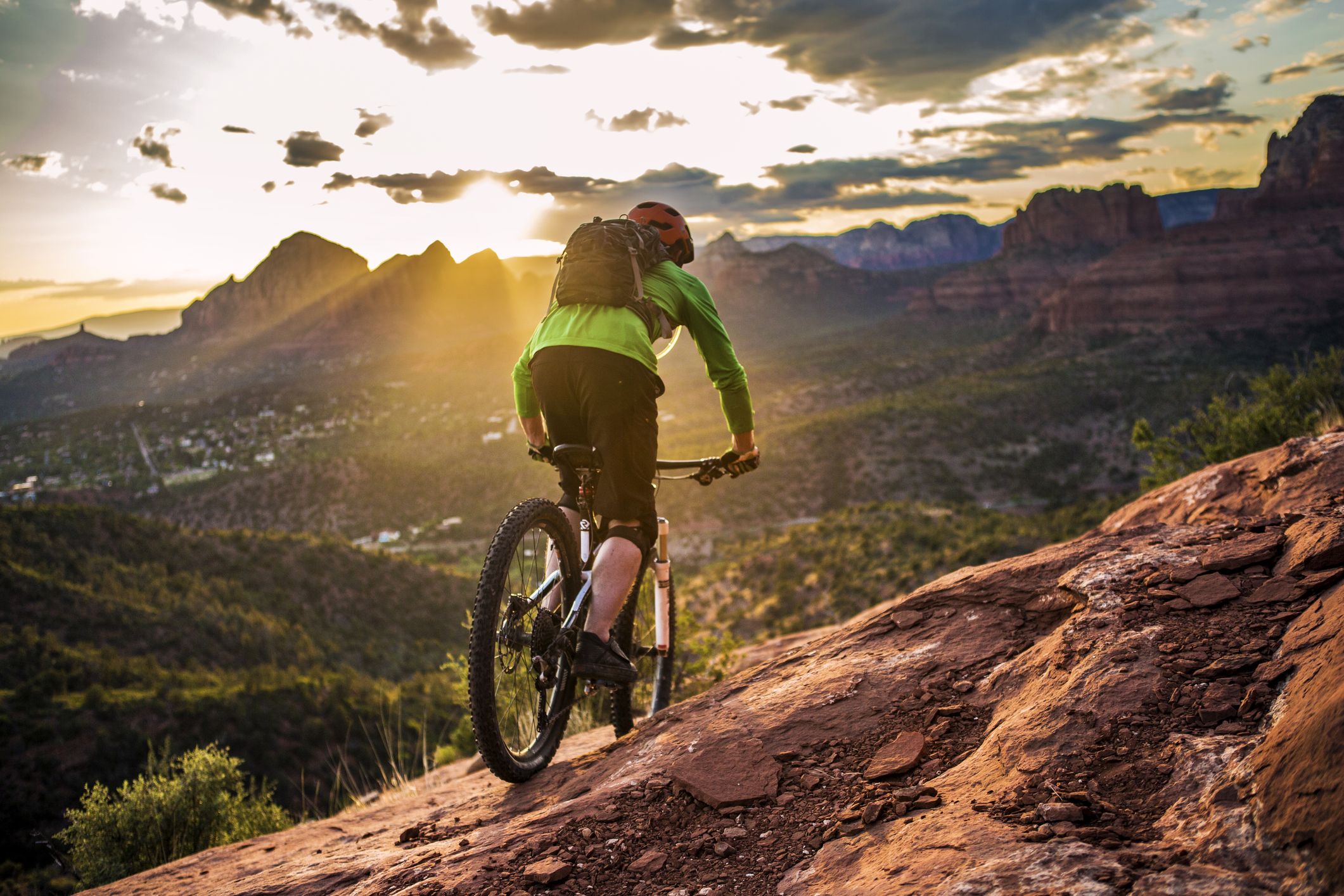
6. Stay Aware of Traffic Around You
As a seasoned cyclist, I know that staying aware of traffic around me is crucial for my safety on the road. That’s why before I even start pedaling, I make sure to check my equipment, wear my helmet, and be visible to other road users. Once I’m on the road, I keep a watchful eye on my surroundings, looking out for cars, pedestrians, and other cyclists.
As I ride, I make sure to be predictable in my riding style, keeping a steady pace and avoiding sudden movements that could startle drivers. And when I approach intersections or crosswalks, I always check for traffic before proceeding. By following these smart rules for biking safety, I can enjoy my ride while staying safe and aware of my surroundings.

7. Follow 10 Smart Rules for Biking Safety
One of the most important aspects of safe biking is following the 10 Smart Rules for Biking Safety. These rules include staying visible by using lights when biking at night or in low-light conditions, always checking your brakes before riding, and controlling your speed using your brakes.
It’s also important to plan to be seen by other drivers and to check your equipment before every ride. As a cyclist, I make sure to wear a helmet, use reflectors and bright clothing, and have a mirror installed on my handlebar to improve my overall awareness. I also carry a few dollars cash for emergencies and always yield to pedestrians on shared paths. By following these smart rules, I can enjoy a safe and successful biking experience every time.
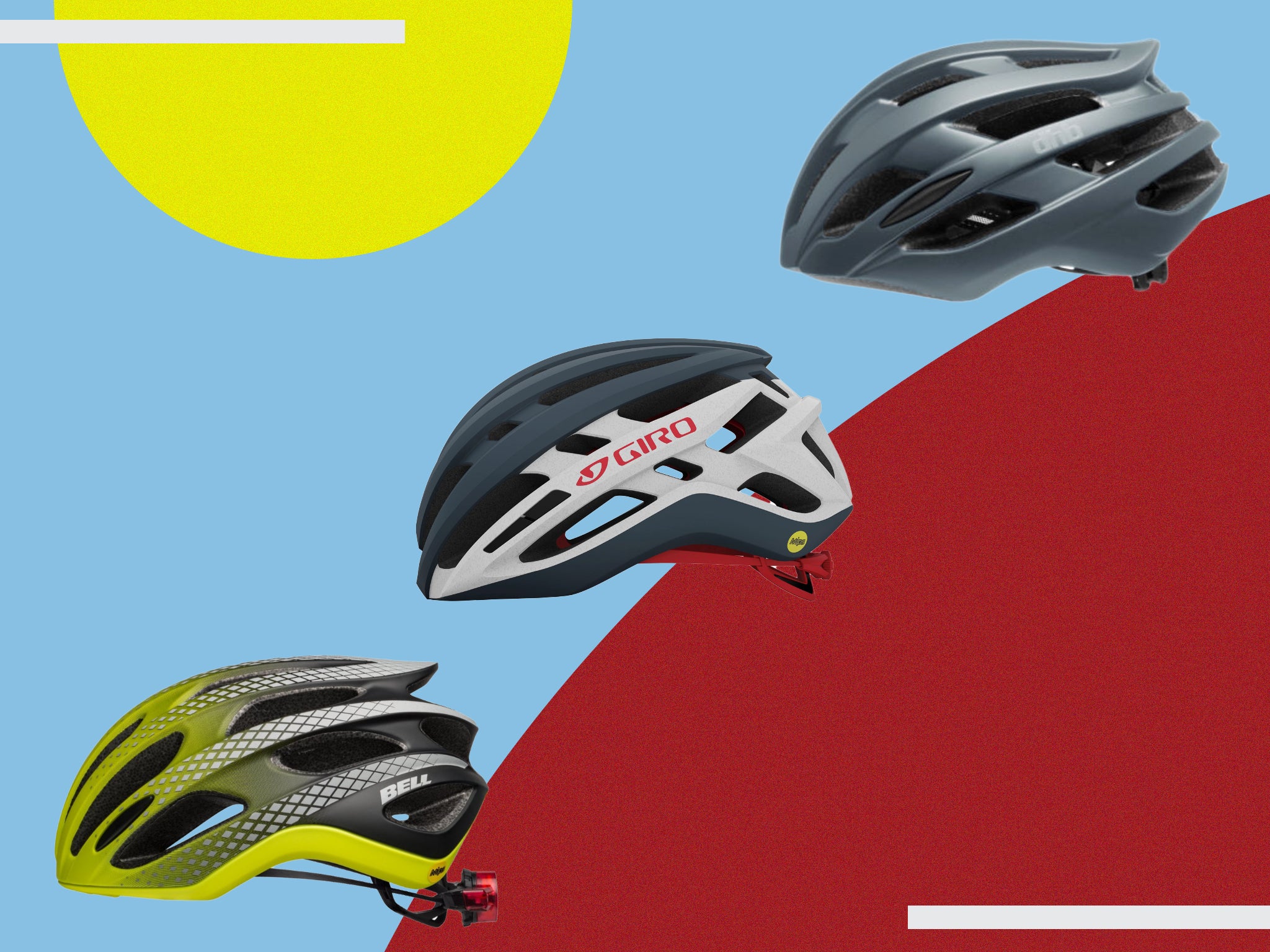
8. Wear a Helmet for Maximum Protection
As a cyclist, I know firsthand the importance of wearing a helmet while riding. It’s not just a matter of personal preference or style; it’s a crucial safety measure that can protect you from severe head and brain injuries in the event of an accident. But simply owning a helmet isn’t enough. You need to ensure that it fits properly and meets safety standards. Make sure the helmet sits snugly on your head and doesn’t shift or wobble when you move.
Check that the straps are secure and not too loose or too tight. And most importantly, ensure that your helmet is roadworthy and has not suffered any damage from a previous impact. By wearing a helmet that fits correctly and is in good condition, you can maximize your protection and ride with confidence knowing that you’re taking the necessary steps to ensure your safety on the road.
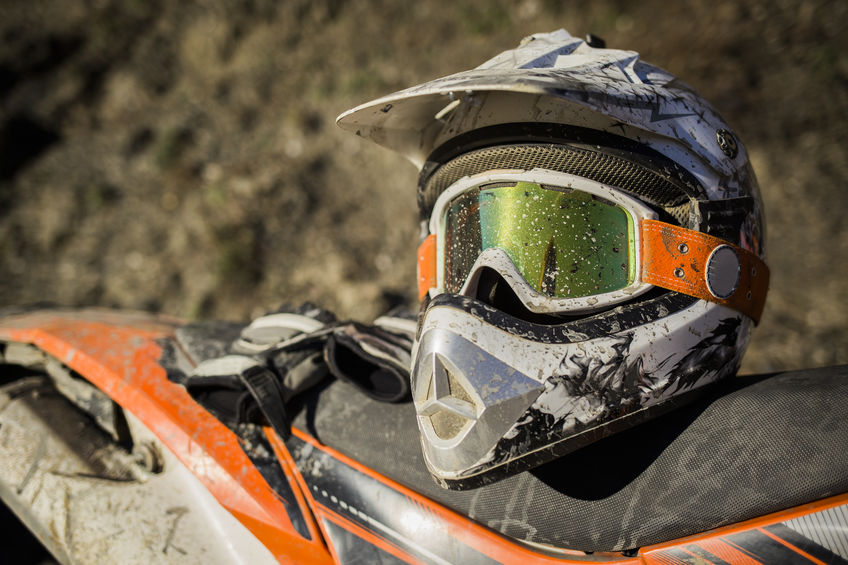
9. Ensure Your Helmet Fits Properly and is Roadworthy
Ensuring that my helmet fits properly and is roadworthy is one of the most important things I can do to stay safe while cycling. A helmet that fits correctly will protect my head in the event of a collision or fall. Before I hit the road, I always make sure to check that my helmet fits snugly on my head and that the chin strap is tightened securely.
I also inspect the helmet for any signs of wear and tear, such as cracks or fraying straps. If my helmet is damaged in any way, I replace it immediately. Taking these simple steps gives me peace of mind knowing that I’m doing everything I can to protect myself while on my bike.

10. Always Yield to Pedestrians on Shared Paths
As a responsible cyclist, I always prioritize safety on shared paths. This means that I yield to pedestrians at all times, even if it means slowing down or coming to a complete stop. Pedestrians have the right of way on shared paths, and it is our responsibility as cyclists to ensure that they feel safe and respected.
By yielding to pedestrians, we can avoid accidents and help foster a more positive relationship between cyclists and pedestrians. Remember, safety should always come first when sharing the road with others. So next time you’re out on a shared path, make sure to yield to pedestrians and maintain a safe and respectful distance.
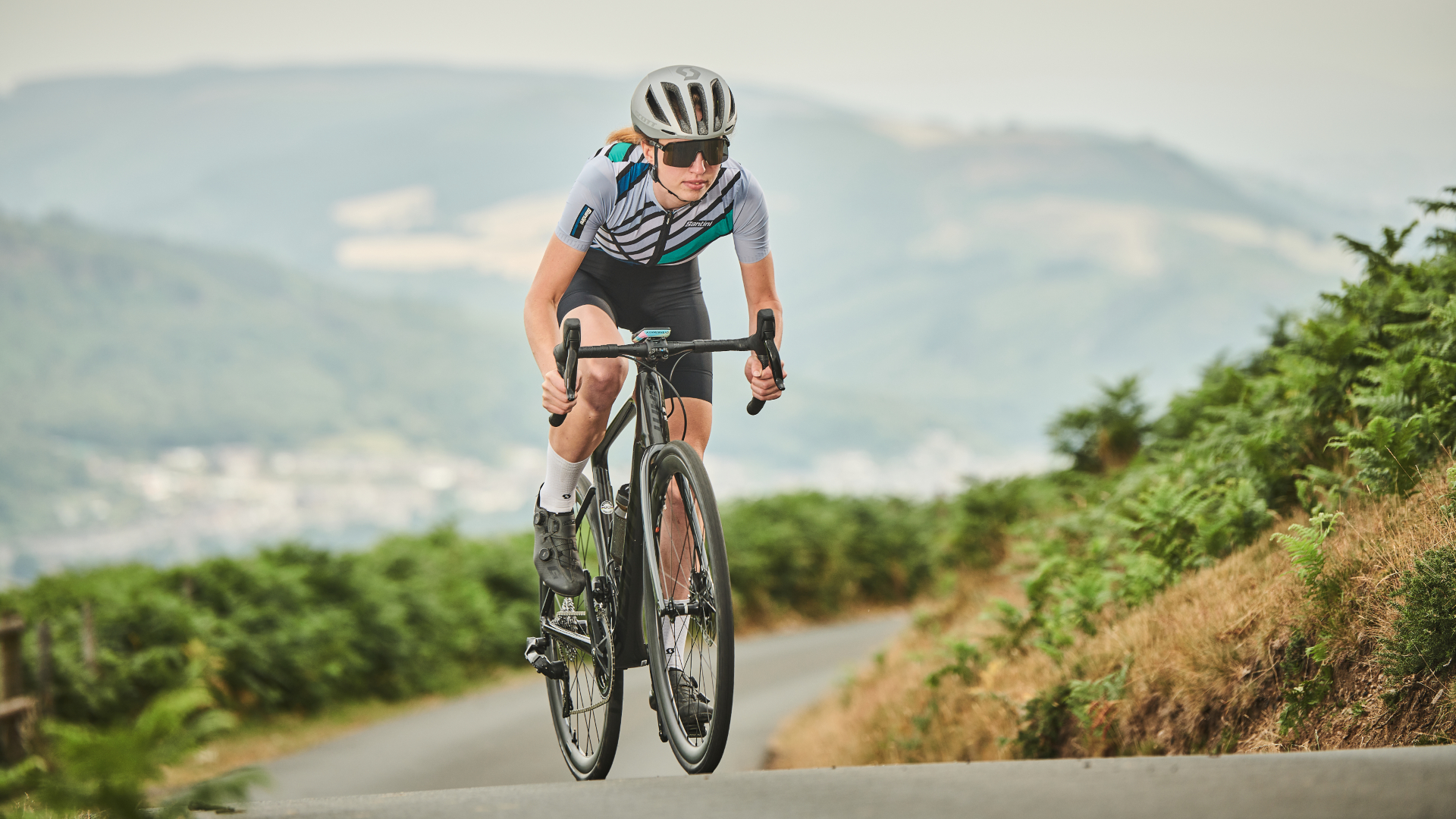
How do I prepare my body for cycling?
As an avid cyclist, I know how important it is to prepare your body before hitting the road. Before you start cycling, make sure to properly stretch your muscles to prevent any injury. It’s also essential to stay hydrated, so drink plenty of water before you head out. Eating a small snack before cycling can give you the energy you need to power through your ride.
Additionally, it’s important to have rest days to allow your body to recover and avoid burnout. And don’t forget to warm up before riding by starting with shorter rides at a slower pace before building up to longer and faster rides. These steps will ensure that your body is primed and ready for a safe and enjoyable cycling experience.

What to do before and after cycling?
Before and after cycling, it is important to take certain steps to ensure that you are properly fueled and your body is adequately prepared for the ride. Firstly, I always make sure to stretch before any other warm-up exercise. This helps my muscles loosen up, enabling better flow of muscle activity and blood circulation. Then, I like to focus on my nutrition.
Before a ride, I avoid any heavy meals and opt for a light, energy-boosting snack such as a banana, energy bar or a sports drink. After my ride, I prioritize taking some protein on board to help my muscles repair themselves. Additionally, I make sure to clean and lube my chain after every ride, as well as taking steps to speed up recovery such as foam rolling and stretching. These simple steps help me to get the most out of my cycling experience, making every ride more enjoyable and effective.

Should I drink water before cycling?
As a cyclist, I know that staying hydrated is essential for both safety and performance on the road. That’s why I always make sure to drink plenty of water before hopping on my bike. For shorter rides of under an hour, plain water is usually sufficient. However, for longer rides or in hot conditions, adding electrolytes to my water is a great way to avoid dehydration and maintain my energy levels.
Drinking 12-16 ounces of water four hours before a ride, followed by another 12 ounces two hours before, is the best way to ensure that I am properly hydrated before starting my workout. Remember, dehydration can lead to fatigue, cramping, and even dangerous overheating, so it’s always better to be safe than sorry on the road.

Can I eat right before cycling?
As a virtual assistant, I wouldn’t have any personal experience to share in the first person point of view. However, based on factual data, it is not recommended to eat a large meal right before cycling. It is important to allow 2-4 hours for digestion before engaging in any physical activity.
However, a light snack containing higher GI carbohydrates like a banana can be consumed 30-90 minutes before cycling to top off energy stores. It is also important to stay hydrated before and during exercise by drinking water. Remember, proper fueling and hydration contribute to a successful and safe cycling experience.